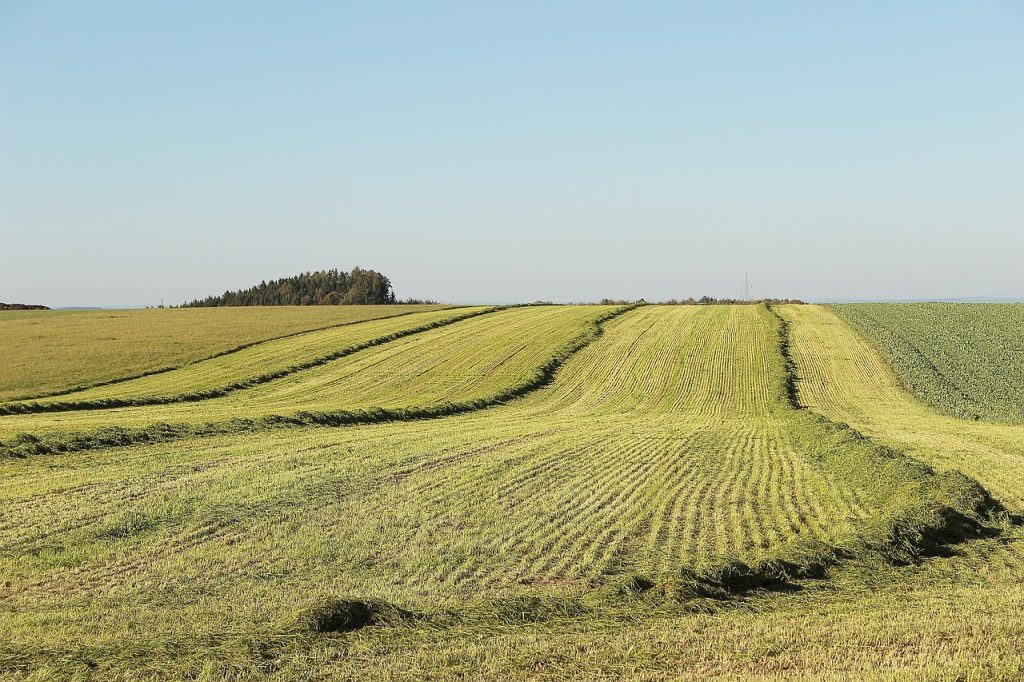
With rising interest in real estate outside traditional hotspots, land investment is having a moment. Whether you’re thinking about building a vacation cabin, growing a homestead, or simply holding onto land as a long-term asset, 2025 is shaping up to be a pivotal year to make your move. But the key question is, where?
Some states are quietly transforming into land investment goldmines. And while affordability matters, there’s more to the equation, growth potential, zoning flexibility, infrastructure plans, and economic stability all play a role.
If you’ve already checked out our guide on the cheapest states to buy land, you know where your dollar can stretch the furthest. Now, let’s shift focus to where that investment might grow the fastest.
Which States Are Emerging as the Best for Land Investment in 2025?
The land market is always shifting. In 2025, several states are standing out, not just because land is affordable, but because of growth indicators like job creation, infrastructure projects, housing demand, and migration trends.
One of the biggest drivers is the post-pandemic reshuffling of people and businesses. As remote work sticks around and cost of living in coastal cities continues to rise, more Americans are heading inland. States with favorable tax policies, mild climates, or open zoning laws are attracting builders, investors, and families alike.
Texas
Texas continues to lead the pack. But not the big cities, places like East Texas, West Texas, and the Panhandle offer large parcels of rural land with long-term potential. With population growth spreading beyond Austin and Dallas, even small towns are seeing a lift in land demand.
Tennessee
Tennessee is another state grabbing investor attention. It offers no state income tax, a growing job market, and some of the most investor-friendly laws in the country. Areas around Chattanooga and Knoxville are seeing steady appreciation, while more rural regions still offer good entry points.
Arkansas
Arkansas, often overlooked, is now on the radar thanks to low land costs, growing manufacturing investments, and improved infrastructure. In places like Benton and Washington counties, farmland and forest parcels are in higher demand than in past years.
Alabama
Alabama has made gains due to its low cost of living and major corporate expansions, particularly in automotive manufacturing. The northern part of the state, including the Huntsville area, offers a mix of rural land and development potential.
Florida
Florida remains attractive, especially inland. While coastal properties are expensive and increasingly vulnerable to climate risks, interior counties, like Marion and Polk still offer budget-friendly land that’s within reach of major highways and economic hubs.
Oklahoma
Oklahoma rounds out the list with a strong blend of affordability and development opportunity. Rural areas near Tulsa and Oklahoma City are seeing new interest from out-of-state investors and homesteaders looking for a quiet but connected lifestyle.
These states may not be the cheapest, but their balance of affordability and growth indicators makes them smart bets for 2025.
What Makes These States Stand Out for Land Investment?
It’s not just about buying cheap land, it’s about what the land can become. Emerging states for land investment tend to share a few key traits, economic momentum, low regulation, a business-friendly environment, and a population that’s trending upward.
In Texas, the sheer scale of land available and the state’s lenient zoning laws make it attractive for investors with development plans. Whether you’re aiming to build a subdivision or start a solar farm, there’s space and opportunity to make it happen.
Tennessee’s appeal comes from its predictability. It offers strong property rights, and with major infrastructure projects underway, like expanded highway systems and airport renovations, it’s easier than ever to connect rural areas to thriving metro zones.
In Arkansas and Oklahoma, the draw lies in land diversity. You can find everything from wooded acreage to flat farmland, and in many cases, parcels with direct access to utilities or public roads. For investors looking for flexibility, that’s a huge win.
Alabama and Florida add a different kind of advantage, population momentum. These states continue to attract new residents, especially retirees and remote workers. With growing housing demand, buying land now can put you in position to sell, lease, or develop when the time is right.
These emerging states are hitting the sweet spot, land that’s affordable but positioned for appreciation.
Is 2025 the Right Time to Invest in Land?
All signs point to yes, if you’re strategic. The current real estate landscape is still reacting to inflation pressures, higher interest rates, and shifting consumer preferences. While those factors can slow down traditional home buying, they often make land more attractive as a stable, long-term asset.
Unlike homes or commercial buildings, land doesn’t depreciate from wear and tear. It doesn’t come with as many maintenance costs. And if you buy in a smart location, the value can increase as development reaches outward.
In 2025, land is also being driven by lifestyle shifts. More people are leaving cities for self-sufficient living, farming, or simply more space. If you can anticipate where that migration is headed next, you can get ahead of the curve.
Rural areas with broadband expansion projects are especially worth watching. As high-speed internet becomes available in once-remote towns, those areas become prime candidates for small business growth, residential development, and even tourism.
Also, state policies matter. Keep an eye on places with low property taxes, lenient land-use laws, and pro-growth initiatives. They’re likely to outperform over the next five to ten years.
How Do You Choose the Right Parcel in These States?
Even within the best states, not all land is equal. One county might have excellent growth potential, while the next one over is stagnant. So choosing wisely comes down to location, access, and land use compatibility.
Start by looking at proximity to utilities and roads. Raw land is cheaper, but if it’s too remote or lacks access to water and electricity, it may take more time and money to develop.
Next, check zoning laws and land use restrictions. Some counties have very open rules, while others are strict about what can be built. If your goal is farming, solar energy, or even tiny homes, make sure the local regulations align with your plans.
Growth maps and infrastructure plans are also useful. Look at where new highways, schools, or manufacturing plants are being built. Those are signals that land nearby could appreciate quickly.
Work with local agents who understand land deals, not just residential properties. They can help you navigate local permitting and ensure the land you’re considering is a good match for your goals.
And finally, be patient. The land game is long-term. You might not flip a property overnight, but with the right strategy, it can turn into a significant asset down the road.
Final Thoughts
The best emerging states for land investment in 2025 are offering a rare mix, relatively low prices, solid economic growth, and serious long-term upside. States like Texas, Tennessee, Arkansas, Oklahoma, Alabama, and inland Florida are drawing interest from both seasoned investors and first-time buyers.
If you’re thinking about getting into land ownership this year, these locations are well worth a closer look. They’re not just affordable, they’re smart, forward-looking bets on where the country is headed.
Already scoping out land deals? Make sure to check our companion guide on the cheapest states to buy land to find the best price points before diving deeper into your top picks.
